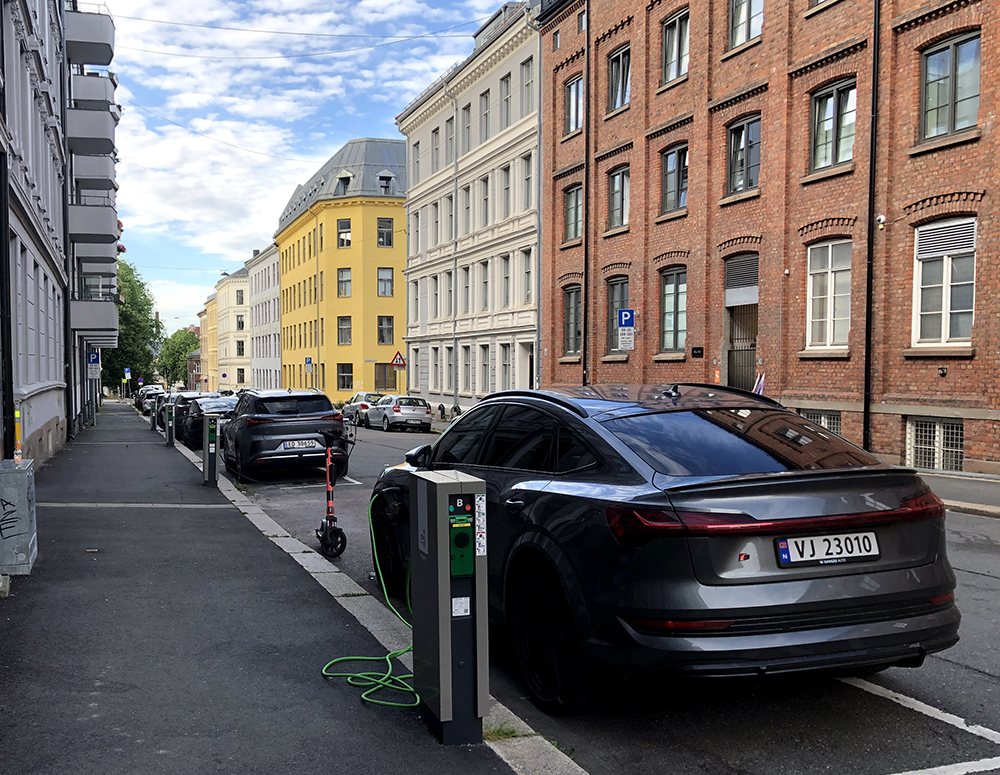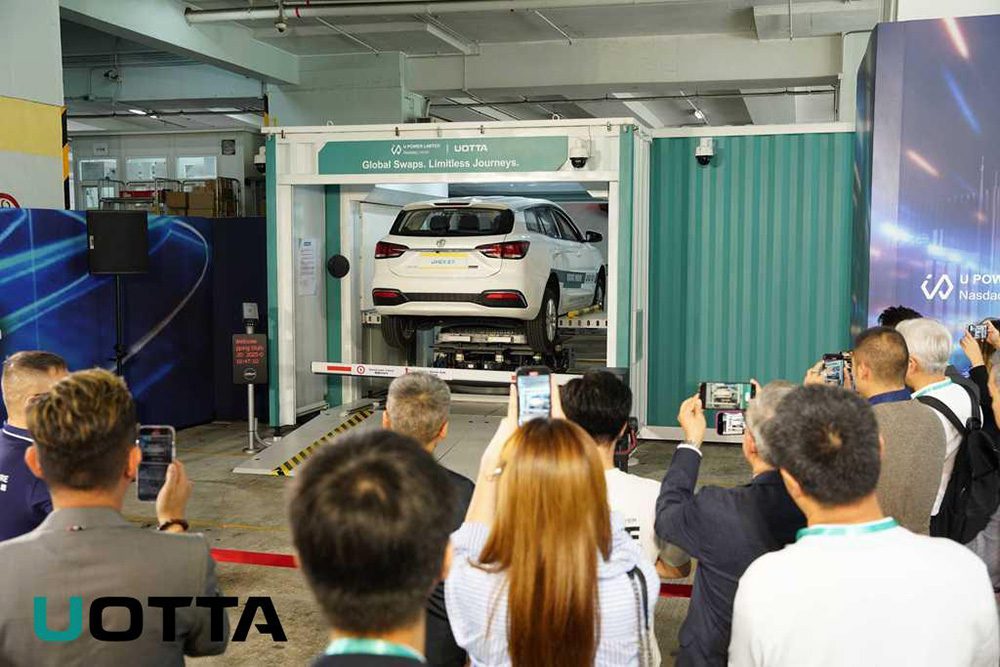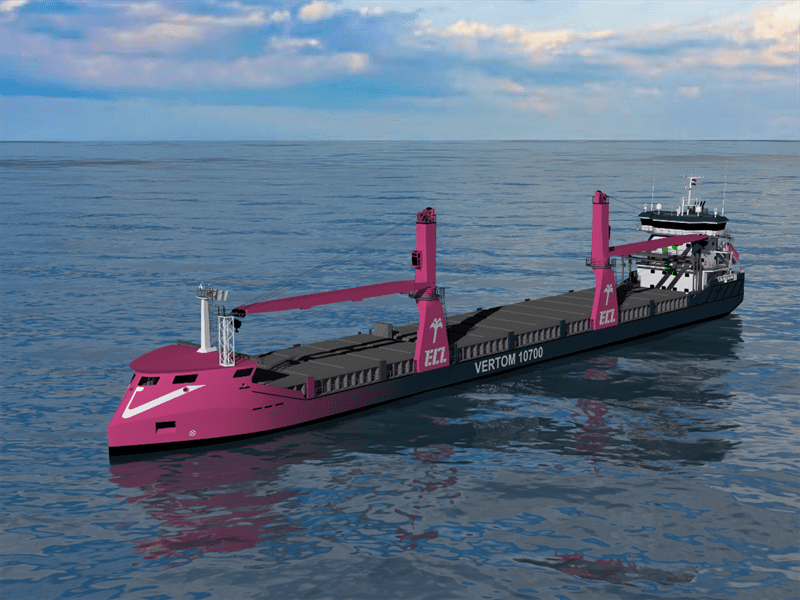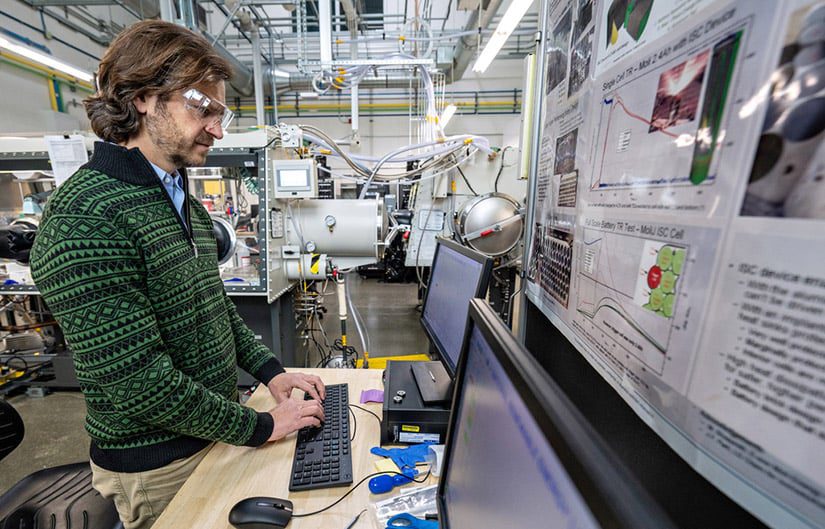Norway is the world’s undisputed EV capital—roughly a quarter of all cars on its roads are now EVs, and the country is on track to end the sale of gas and diesel cars by 2025.
Canada plans to end the sale of fossil-burners by 2035, and policymakers are looking to the Scandinavian country for answers to the many questions about what it will take to go fully electric.
CBC News recently asked three Norwegian EV experts and a government official about how the country has managed its EV transition.
Norway started down the electrification path over a decade ago, beginning with several policies meant to encourage consumers to buy EVs. The country has long imposed vehicle import duties based on emissions—buyers who choose to buy higher-polluting vehicles pay more. These were entirely waived for EVs, as were registration and sales taxes. EV owners were also largely exempted from paying road tolls, enjoyed free rides on ferries (which are common in the land of fjords), and were allowed to use bus lanes in congested city centers.
Magnus Korpas, a professor of electric energy at the Norwegian University of Science and Technology, told CBC that the high taxes on gas-powered vehicles are the main reason for buyers to choose EVs. “It was that, in combination with access to bus lanes and free ferries and free parking, that made it very convenient for people.”
Christina Bu, Secretary General of the Norwegian EV Association, an advocacy group, credits the country’s politicians for staying the course. “There’s nothing Norway has done that other countries could not do as well,” Bu told CBC. “The fact that we’ve managed this fast transition is only because of policies, and also the ability or the will to keep those policies in place for a long time.”
Of course, the transition to EVs presents challenges. The anti-EV crowd cites these as deal-killers, but Norway provides a model for how Canada can meet them.
Are there enough charging stations? Ms. Bu says Norway now has nearly 8,000 DC fast charging stations—roughly one fast charger for every 100 cars. Most of these have been built with private investment, but in more rural areas, particularly in northern Norway, the government has invested to extend the network where businesses are reluctant to do so.
Daniel Breton, head of the industry group Electric Mobility Canada, visited Norway some months ago. He told CBC that Norway’s approach can be emulated in North America. “We should put as much emphasis as we can on making sure that as many Canadians as possible will install chargers at home, or in charging hubs, or in multi-unit residential buildings, and therefore have less of a need for public chargers.”
Will EVs “crash the grid,” as the stick-with-oil crowd so fervently hopes? Professor Korpas told CBC that the energy demand from EVs in Norway amounts to about one percent of the total demand on the grid. The Norwegian Energy and Water Directorate estimates that even if all passenger and commercial vehicles went electric, the additional demand would amount to about 10 percent of the total.
How do EVs fare in the cold? Just like ICE vehicles, EVs lose substantial amounts of range in cold weather—up to 30 percent. However, there are ways to mitigate the effects of extreme cold, such as preheating the vehicle (something Canadians and Norwegians have been doing for as long as they’ve been driving cars), and charging more frequently.
By all accounts, Norway’s EV transition has been a success—so much so that the government has started to phase out some of its incentives. There has been criticism, of course—some say the government’s policies have favored the wealthy, and prioritized EVs over public transit.
“I think we have to do both,” Cecilie Knibe Kroglund, Norway’s State Secretary for the Ministry of Transport, told CBC. Funding public transit is a priority in Oslo and other cities, but “Norway is quite a rural country, so a car is necessary in many areas.”
Norway’s pro-EV policies have been very effective at reducing emissions. Carbon emissions from road traffic dropped about 15 percent between 2015 and 2021, according to official government figures.
Source: CBC News
















































































